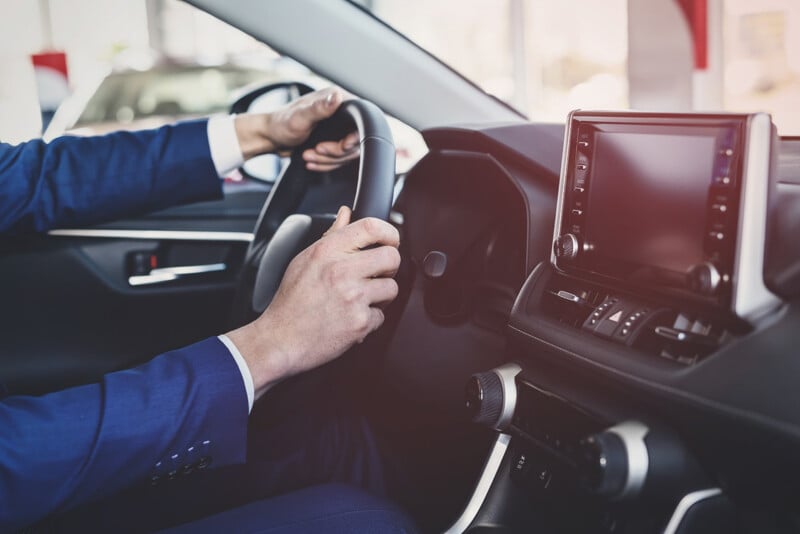Electric East

- We will see more e-commerce happening in cars
- Photos: Shutterstock
China’s tech giants are set to conquer the electric vehicle market.
In a future humming with electric motors, the Eastern superpower is likely to dominate. In October 2020 alone, 144,000 electric vehicles (EVs) were sold in China, double the number of the previous October. As a further statement of intent, the Chinese government has set a target that, by 2025, 25% of all new cars sold will be electric. But beyond the innovations allowing drivers to zip around on battery-powered vehicles is the battle for the on-board system. Chinese tech leaders have already muscled in on the territory, forming influential partnerships to determine how users interact with their machines. The race is worth a lot when e-commerce and mobile devices are factored into the mix, and in a unified smart future, the potential is dizzying.
That’s why e-commerce company Alibaba has teamed up with state-owned carmaker SAIC Motor to unleash an EV brand named Zhiji (“intelligent self”). Already back in 2015, Alibaba and SAIC announced a 160-million-dollar partnership on information and communications technology (ICT) car systems.
Their proprietary Banma platform features voice-controlled navigation along with AI assistance and purchasing services, so drivers can order coffee for
example with a grunt as they speed around a corner.
The partnership grafts the six decades of car-making experience of SAIC onto Alibaba’s capacity for big data harvesting and cloud computing. Customer data will be used to drive innovation, production and marketing. Additionally, new 5G apps will be integrated so drivers can create content, share, buy and more. Zhiji Auto will reportedly launch their first vehicles this year.
Meanwhile another Chinese tech giant has intensified its attack on the mobility sphere. Huawei is understandably diversifying after US sanctions hit its global phone business, and it quietly founded a new offshoot in September 2020. Huawei Electric Technology’s CEO also happens to be chief of the group’s car division. This is more of a consolidation than a departure, as Huawei has already created three operating systems for cars, HOS, AOS and VOS. HOS, or HarmonyOS, is underway for mobile devices to replace Android after the US prohibited Huawei’s interaction with the Google-sponsored software. That means a system pushed out to mobiles can unite with
on-board electric vehicle platforms, creating a seamless user experience.

















